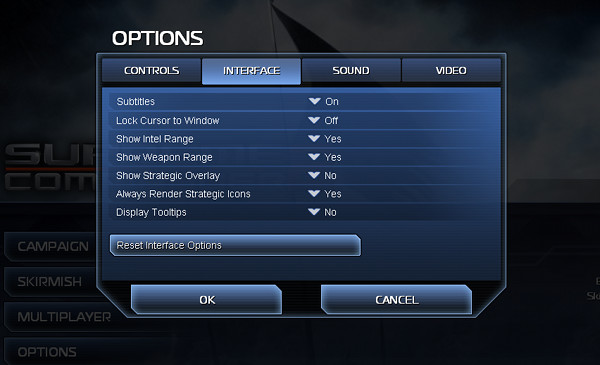In recent games, I’ve seen a lot of newer (and sometimes even experienced) people like to go for what I call a “Mass Conversion Strategy” as opposed to a “Unit Rush/Unit ‘Spam’ Strategy.”
Basically, this means that instead of focusing on units, in the beginning you focus on making 2 or more research stations, and lots of power generators in hopes of reaching mass conversion and using your economy to then out-produce and/or out-tech your opponent(s) who might be limited in their mass income to whatever they’re getting from Mass Extractors and likely have built very few research stations if they’re not doing what you’re doing.
While this is a very powerful strategy, if you can pull it off, because it’s kind of “explosive” and “exponential” once you reach that point where you have mass convertors built and 10+ engineers making PGens and different structures all around the map, it is usually (but not always) not a winning strategy against experienced people, and requires certain prerequisites for it to work, namely a larger map with a choke point for land units, no naval, as well as a opponent who is not doing the same tactic who can help defend against the best counter to this strategy – a “rush.”
So, why a larger map, a choke point, and no naval you might ask? Read More

